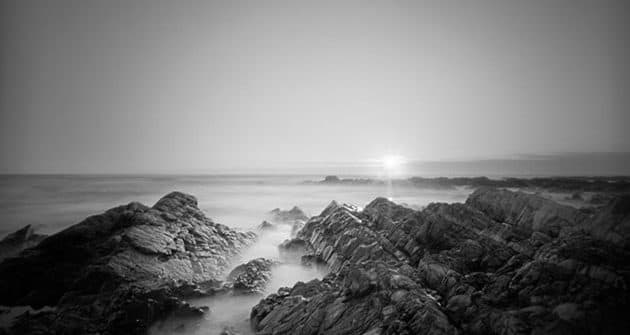It’s World Pinhole Day on 26 April, so to celebrate this, we thought we’d speak to somebody who is using this intriguing and quirky technique for landscape – traditionally a genre where high-quality lenses, bodies and tripods tend to be the order of the day. After all, some pinhole photography can seem a bit… dare we say self-indulgent, showing off the photographer’s skill with the technique but little more? With this in mind, we contacted Martin Henson, a Yorkshire-based landscape and fine art photographer who’s become a leading exponent of using pinhole techniques to capture stunning scenics. And he also shoots film.
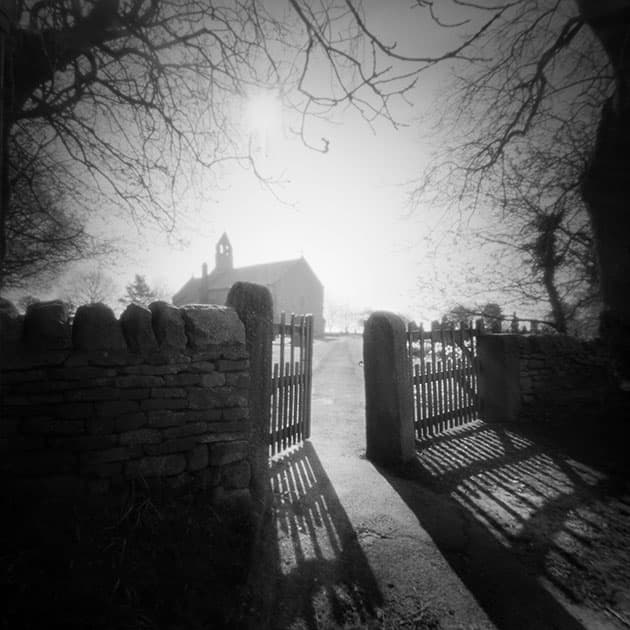
Open Invitation, St Mary’s Church, Stainburn, North Yorkshire. Credit: Martin Henson
‘I started in pinhole photography around seven years ago, as I was interested in creating work that was different to my previous style, using conventional methods of capture using both film and digital cameras,’ Martin explains. ‘Pinhole images offer an alternative look and feel that has a timeless ethereal quality. They aren’t sharp or as well defined but over the years I have learned that absolute perfection is not always required to produce quality and that there is beauty in imperfection. I think in Japan it’s called wabi sabi… it’s the picture that counts, not the camera used.’
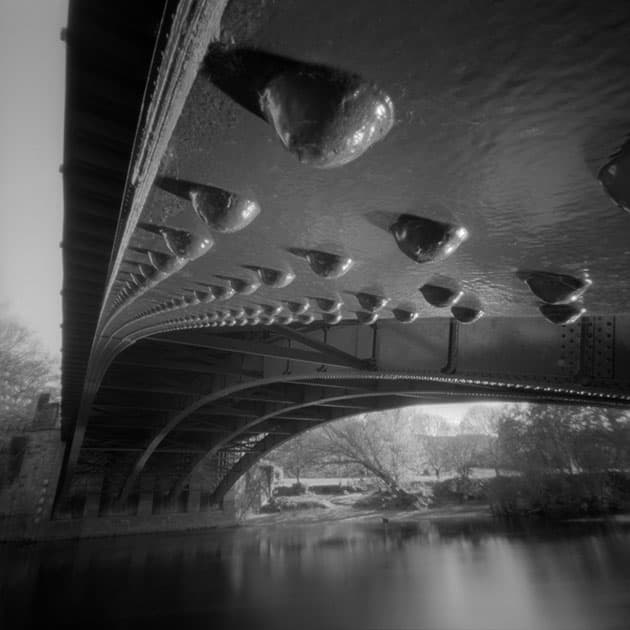
Rivets underneath the Iron Bridge in Ilkley, West Yorkshire. Credit: Martin Henson
Meter made
While this kind of lo-fi approach may appeal to many readers weary of our modern obsession with sometimes artificially sharp and ‘perfect’ landscapes, Martin counsels that pinhole is not for the faint-hearted. ‘If you have never used film, the main challenge is moving from digital capture, with no instant preview, no exposure meter. Yes you can use digital pinhole, however in my experience film’s greater latitude to underexposure and especially overexposure works perfectly with the pinhole’s long exposures. Another area that might seem daunting is composing without a viewfinder, figuring how to meter the scene and dealing with film’s reciprocity failure.’
Martin has little time for purists who say that pinhole photography and fine-art landscape photography don’t go together.
‘I see no reason why this is the case. Pinhole needs a certain type of light to work well and I often go back to the same scene time and again and get a different look and feel each time. Also landscapes create a cohesive type of work that fits well together, rather than random subjects.’
So what does Martin think are the main benefits of using pinhole techniques and gear for landscape photography? ‘Apart from the unique look, it is the care and thought you have to put into composition and exposure. Photography becomes a more involved way of working, with all settings and decisions made by you, rather than there being intervention from electronics. So picture-making becomes more rewarding and although it’s a challenge, it does become second nature with practice.’
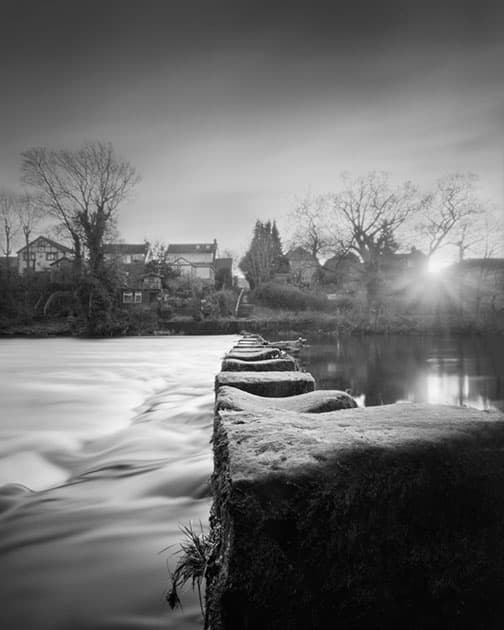
Stepping Stones over the River Wharfe in Yorkshire. Credit: Martin Henson
Common pinhole photography pitfalls
According the Martin, the biggest mistakes pinhole beginners make are to do with our old friends, exposure and composition. ‘Because pinhole cameras have such small apertures and handheld meters rarely meter past f/128, you should always meter at f/22 then extrapolate that meter reading to the pinhole f-stop of your camera. This is quite hard to do when you’re out in a landscape with so many things to remember, so my first tip is: make a chart with the corrected times for your pinhole aperture size printed on. Then it’s easy, take a light reading and look at that time on the chart. Another good tip is to use a phone app, such as Reciprocity Timer. This will calculate the exposure times that’s needed to correct for film’s reciprocity failure. Also don’t be too apprehensive with exposure times. Always give more time than you think is needed, as it’s better to overexpose than underexpose. Finally get close to your subject – many pinhole shots are spoilt compositionally by too much boring foreground.’
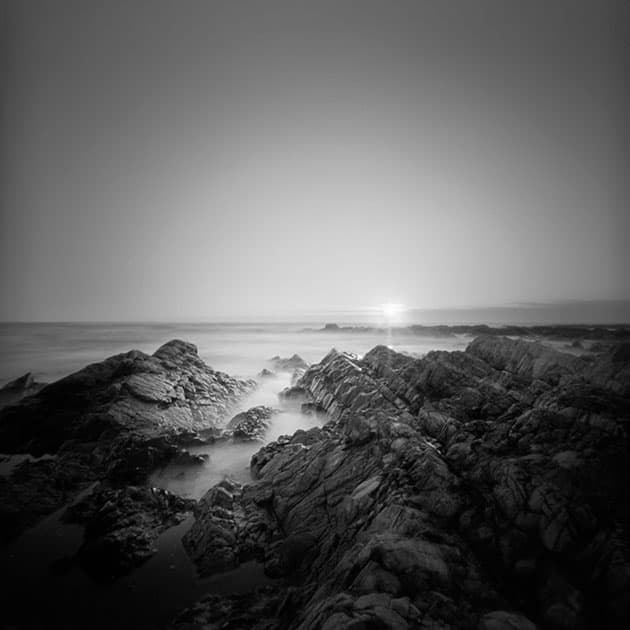
Setting sun, Jersey, Channel Islands. Credit: Martin Henson
Workshop opportunities
Even though pinhole photography is a nice market, it’s good to hear that Martin has sold quite a few images over the years. ‘I sell many images through different outlets worldwide through a licensing company and also through my own site. I often sell pinhole images in threes, so they complement each other. For me, though, the satisfaction doesn’t come from getting sales but from going out and completing projects.’ So if push comes to shove, which are Martin’s favourite pinhole images, and why? ‘The images I like best are always the ones where I step out of my comfort zone, such as shooting into the light source, getting really close or low down, with the camera exaggerating foreground size and composition. Be daring and you will always get pictures that are different from the norm.’
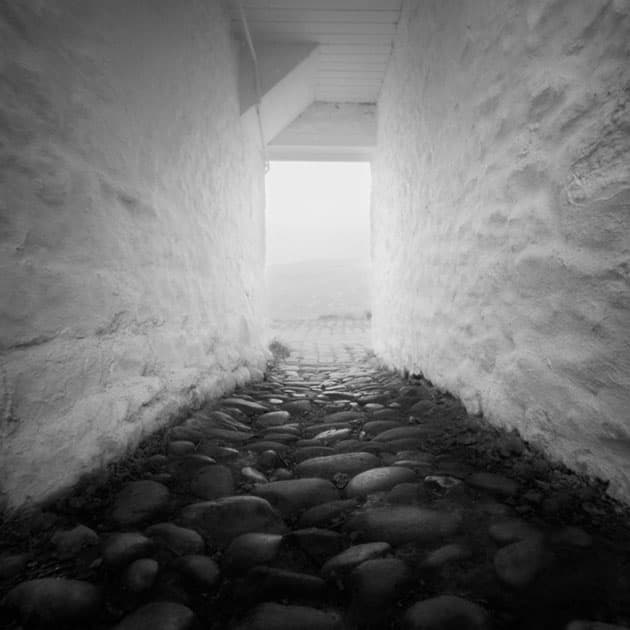
Cobbled path, White Wells, Ilkley, West Yorkshire. Credit: Martin Henson
Martin doesn’t have any exhibitions running at the moment, primarily because of the setting up costs involved. ‘However I am planning one for next year that runs with the Ilkley Arts festival, so watch this space. I also do pinhole workshops from my home studio; details and bookings can be made by following the link on my website at martinimages.photium.com. I also have a dedicated black & white learning forum, and all are welcome with any interest in monochrome work – both film and digital: www.digitalmonochromeforum.co.uk.’

Credit: Martin Henson
Martin’s gear and processing technique
‘I have two pinhole cameras, both made by Zero Image which specialises in making them. One is a Zero 2000 that shoots 6x6cm 120 roll film, the other is a Zero 45 Large format that takes 4×5 sheet film. By removing or adding panels with this camera it gives different focal lengths and pinhole sizes. I have three panels that give me 75mm, 50mm and 25mm – these are classified as wide to super wide angle. I use the 120 roll film camera for travel and the 4×5 camera for most landscapes; the advantage with the 4×5 camera is that I can develop one sheet at a time to suit the dynamic range of the scene and also carry different film stock in the film holders. A tripod is essential and also a handheld light meter to take either incident or spot readings. The main films I use are Fuji Acros II, Ilford FP4, and Kodak Tri-X. I develop all my negatives at home using different types of developer that I think will suit the dynamic range. I also carry orange, yellow and red filters.’
After the negatives are developed and dried Martin scans the 4×5 sheets in an Epson V800 flatbed scanner, and for the medium format roll film he uses a Nikon 9000 ED scanner. ‘I use VueScan as the scanning software, and the files are then edited in Photoshop using only selective contrast control which I call Contrast Grading.’
You can buy tutorials in this technique from his website.
Martin Henson is a proud Yorkshireman who started photography when he was 12. He has won numerous competitions over the years, and had pictures published in nearly every popular photo magazine on the market. ‘I was always drawn back to monochrome as the preferred medium: for me it’s simple but effective, dramatic not garish, and for landscape can’t be beaten.’ Most of his images are taken with 25 miles of his home. See his site at www.martinhensonphotography.co.uk.

